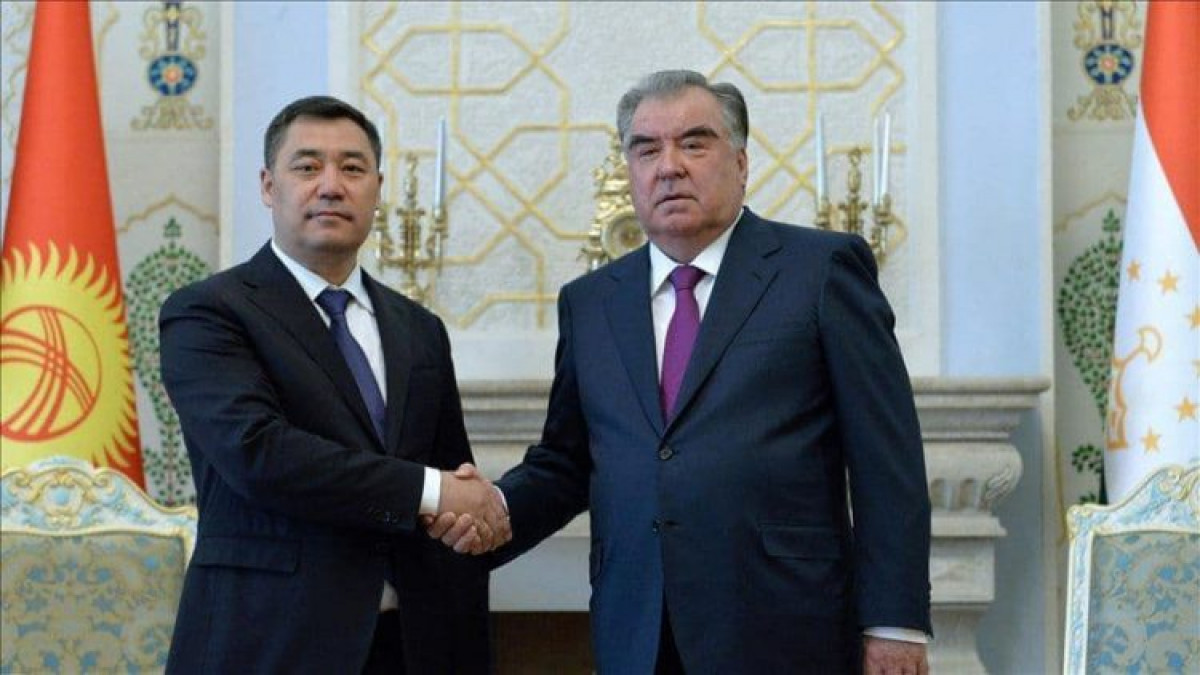 96
96
Since the downfall of the Soviet Union and the dissolution of the Eastern Bloc three decades ago, fifteen nations, including Tajikistan and Kyrgyzstan, have gained independence. Following independence from the Russian “Big Brother,” ethnic and sectarian tensions developed between Bishkek and Dushanbe, while rampant border disputes exacerbated their acrimonious relations. It is imperative to focus more attention on border disputes in the volatile Eurasian region as one of the remaining vestiges of the Soviet epoch. According to observers, Central Asia has not yet delivered itself from its notorious Soviet legacy, and border tensions and water disputes have long been a characteristic of the region. The world witnessed bloody border skirmishes between Kyrgyzstan and Tajikistan following the full-fledged hostilities between Azerbaijan and Armenia, culminating in the liberation of significant parts of the disputed Nagorno-Karabakh. Due to the scarcity of water resources and the lack of boundary delimitation, the already economically failing states of Kyrgyzstan and Tajikistan may descend into unrest and turmoil, fighting over whatever meagre water resources remain in their border regions. Recently, President Sadyr Japarov of Kyrgyzstan visited Dushanbe to meet with Tajik President Emomali Rahmon to address regional issues and bilateral disputes. Even though it was only supposed to last two hours, the meeting between the two presidents reportedly lasted more than six hours. Sadyr Japarov and Rahmon discussed issues such as their conflict-ridden border areas and other lingering challenges. The instability in Afghanistan, with the Taliban movement edging closer to the Afghan northern borders, was another topic addressed during the conference. The presidents of Tajikistan and Kyrgyzstan also met to sign a cooperation agreement on pensions and social insurance, as well as a Memorandum of Understanding (MoU) between the Tajik State Service administration and the Kyrgyz State Personnel organization. It appears as though the two presidents are attempting to establish cordial ties and address existing challenges, most notably border tensions, as well as the conditions of unfolding developments in Afghanistan and the ramifications that arise in this regard.
Comment
Post a comment for this article